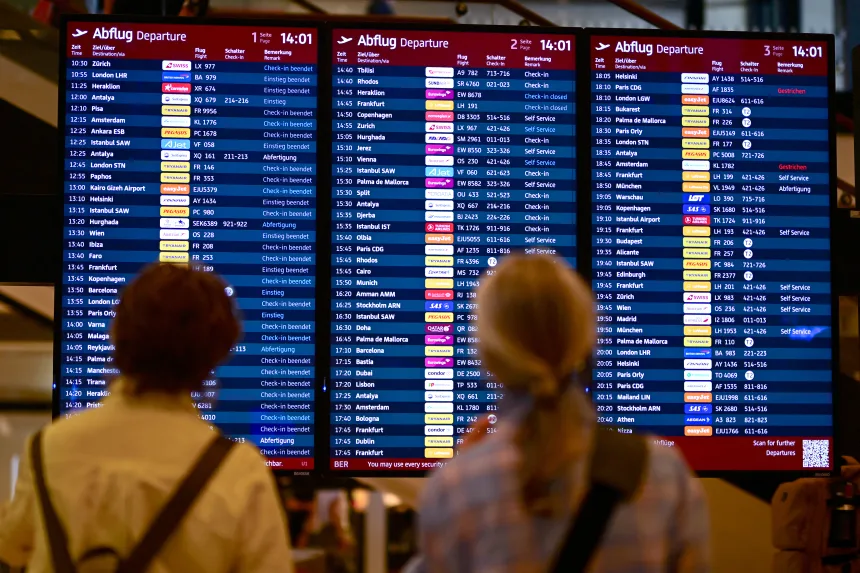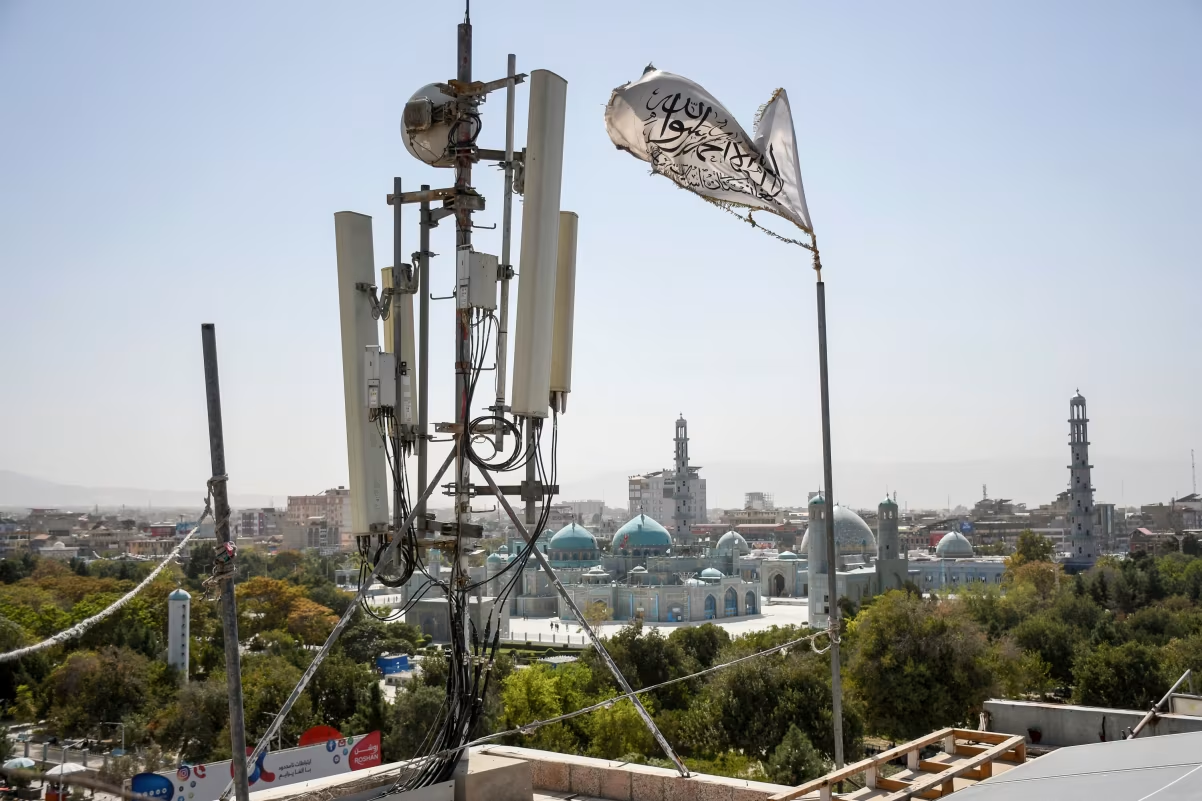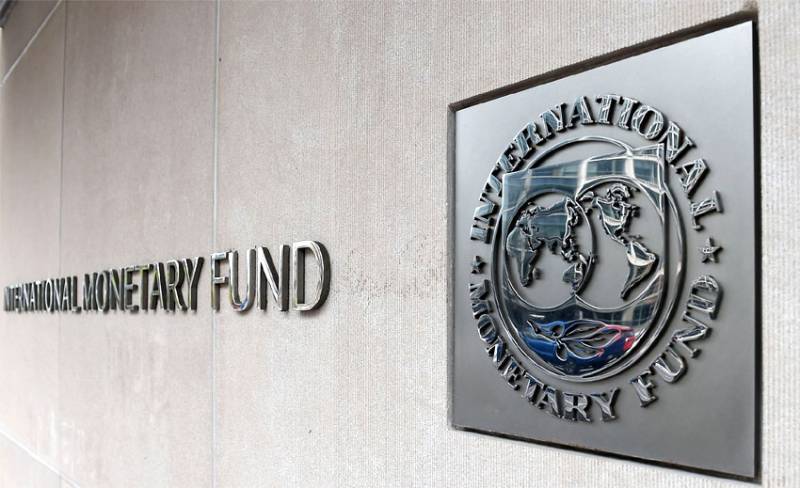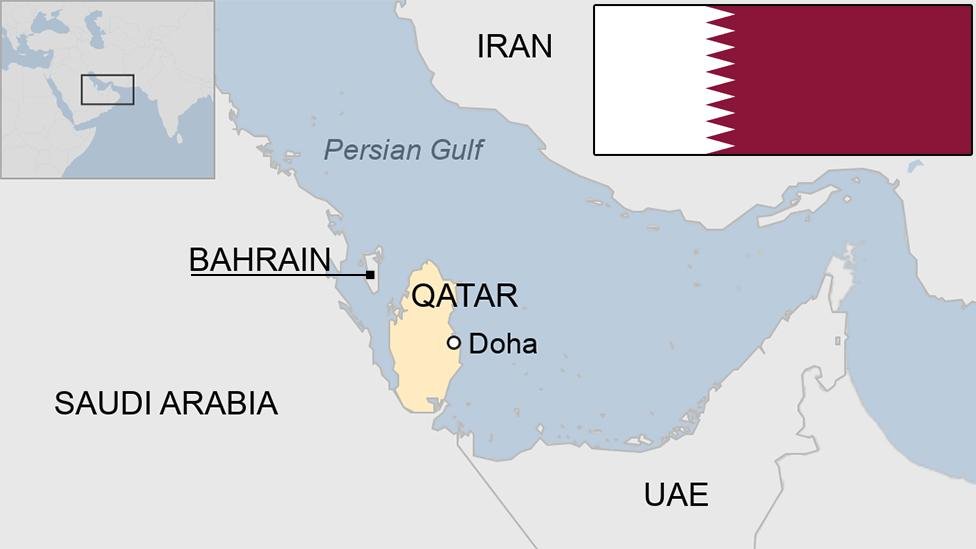Pakistan is reeling from the impact of relentless monsoon rains that have claimed at least 79 lives in less than two weeks, according to the latest report by the National Disaster Management Authority (NDMA). With more torrential downpours expected until July 10, authorities have raised alarm over rising flood risks across the country.
The monsoon spell, which began on June 26, has severely impacted various regions, especially the provinces of Punjab and Khyber Pakhtunkhwa (KP). KP has recorded the highest number of fatalities at 29, followed by Punjab with 24, Sindh with 15, and Balochistan with 11 deaths. In addition to the loss of lives, dozens have been injured—72 in Punjab, 34 in Sindh, 27 in KP, four in Azad Kashmir, and three in Balochistan.
The NDMA has forecast that an incoming weather system, fueled by moisture from the Bay of Bengal and Arabian Sea and intensified by a strong westerly wave, will continue to bring heavy rainfall across large parts of Pakistan through July 10. The authority has warned that this pattern could trigger both riverine and flash flooding in vulnerable regions.
Damage to property and livestock is also on the rise. Since June 26, 189 homes have been damaged, with KP bearing the brunt at 94 houses destroyed. Sindh, meanwhile, reported the largest loss of livestock, with 58 animals perished due to rain-related incidents.
This latest wave of monsoon destruction underscores Pakistan’s growing vulnerability to climate change. The country, with a population of over 240 million, has consistently ranked among the top nations facing severe climate risks. In 2022, unprecedented rains and accelerated glacier melt led to catastrophic floods, killing over 1,700 people and displacing millions. The current monsoon season continues to reflect these unpredictable and extreme weather trends, with sweltering temperatures in northern regions like Gilgit-Baltistan accelerating glacier melt and increasing the risk of landslides and glacial lake outburst floods.
As a precaution, the NDMA has urged the public to remain indoors during storms, avoid unnecessary travel, and keep children away from electricity poles, streams, and waterlogged areas. These safety measures are essential to minimizing further casualties as the monsoon system continues to strengthen in the coming days.















